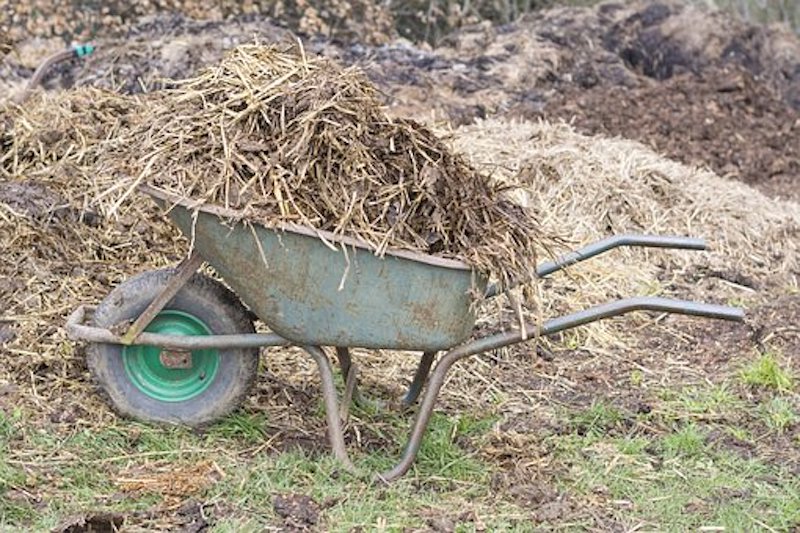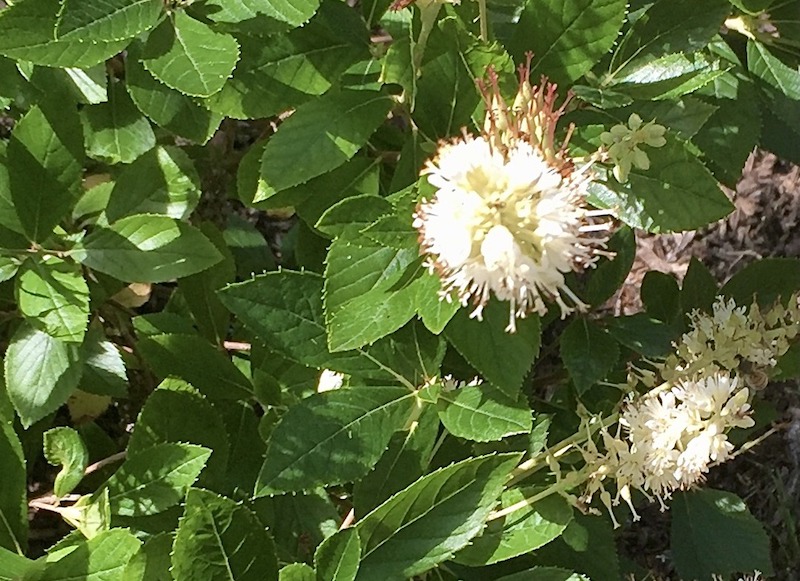Summersweet (Clethra alnifolia) is a light-feeding shrub that does not require regular fertilizing. However, to set your summer-blooming shrub up for a successful growing season, slow-release fertilizer can be added to the soil around the plant in the early spring when leaves first start to emerge. Summersweet is a slow-growing shrub that needs consistently moist soil, and a slow-release fertilizer can continue to provide nutrients for many weeks.

How to Fertilize Summersweet
In the spring, a balanced tree and shrub fertilizer can be sprinkled around the root zone of Summersweet, which is generally 1.5 times the width of the crown. Make sure not to allow the fertilizer to rest against the trunk or in the leaves as it could cause damage.
Summersweet is a light feeder and prefers slightly acidic soil. To lower the acidity in your soil to a pH of around 5-7, you can amend it with compost during the planting process or add compost once or twice a year around the base of the plant. Commercially available products, such as aluminum sulfate and sulfur soil amendments, can be used to lower soil pH as well. It is a good idea to test the pH and nutrient content of your soil prior to planting Summersweet to know how to best amend the soil.

Best Time To Fertilize Summersweet
It is best to fertilize Summersweet in the spring when the plant is just starting to produce new leaves. By using a slow-release fertilizer, you are providing the plant with a long-lasting boost of nutrients to help it produce new leaves and roots, which will then allow the plant to begin storing up energy to bloom in the late summer.
Best Fertilizer For Summersweet
Summersweet will benefit from a spring application of slow-release fertilizer. Slow- or controlled-release fertilizers take longer to filter through the soil, releasing nutrients gradually every time you water. These fertilizers are also desirable because they are less likely to cause fertilizer burn. One such fertilizer is Espoma Plant Tone. With an NPK of 5-3-3, this organic granular fertilizer can be mixed into the top 4 inches of soil, gradually releasing desired nutrients and encouraging new growth.
Summersweet Fertilizing Tips
- Fertilize in the spring
- Use a slow-release tree and shrub fertilizer
- Use pH-reducing soil amendments when needed
- Use a soil tester to identify nutrient deficiencies and pH levels
Warnings
-Always wear protective gloves and a face mask when handling chemical fertilizers.
-Closely follow all directions and storage guidelines that are on the fertilizer label.
 |
Author Lynn Gusman - Published 1-13-2023 |
